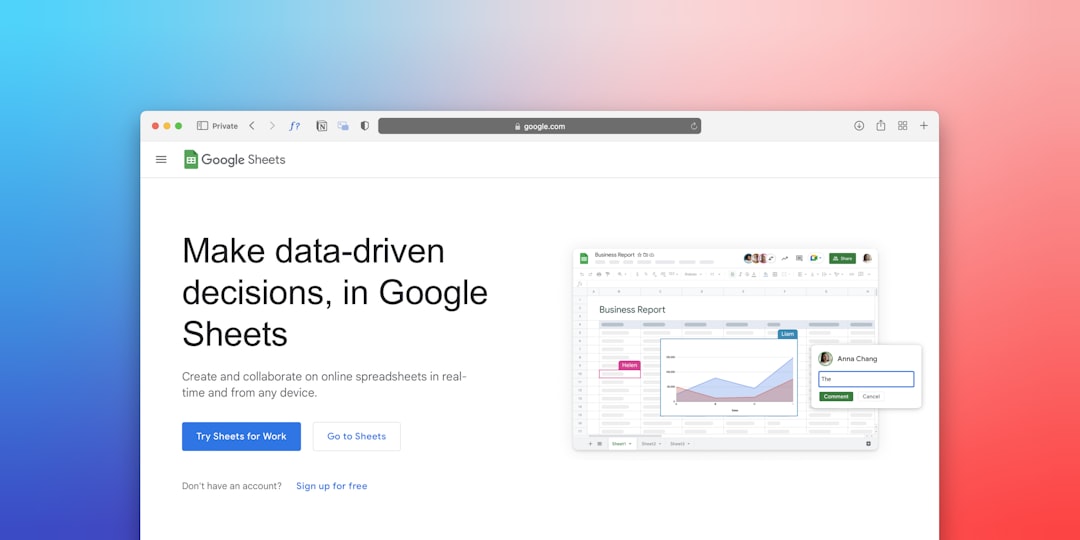In today’s fast-paced digital world, website performance is more critical than ever. Users expect lightning-fast load times, seamless interactions, and visually engaging experiences. Whether you’re running an e-commerce platform, a content-driven blog, or a SaaS product, optimizing your website’s performance is essential for both user experience and search engine visibility. Thanks to modern frontend techniques and the rise of AI-based tools, achieving optimal performance is not only possible—it’s easier and smarter than ever.
Understanding the Importance of Performance
Website performance goes beyond faster load times. It directly impacts user retention, engagement, SEO rankings, and conversion rates. Studies show that:
- 53% of users abandon a mobile site that takes longer than three seconds to load.
- A one-second delay in page response can result in a 7% reduction in conversions.
- Google considers page experience, including load time, in its core web vitals for search rankings.
With stakes this high, it’s crucial to implement strategies that not only improve performance today but future-proof your website for tomorrow.
Modern Frontend Techniques for Performance Optimization
Modern frontend development is making performance engineering more accessible and effective than ever. Here are some top techniques you can utilize to improve your site’s speed and responsiveness:
1. Lazy Loading
Lazy loading defers the loading of non-critical resources—such as images and videos—until they are needed. This reduces initial page size and speeds up time-to-interactive.
Implementation tip: Use the loading="lazy" attribute on your <img> tags or dynamically import components in JavaScript for conditional rendering.
2. Code Splitting and Tree Shaking
Instead of bundling all your JavaScript together, code splitting breaks it into smaller parts, loading only what’s necessary. Tree shaking goes a step further by eliminating unused code from the final bundle.
Bundlers like Webpack and Rollup support both techniques. This ensures users are not downloading bloated scripts they don’t need.
3. Using CDNs and Optimized Hosting
A Content Delivery Network (CDN) caches your website’s assets on servers around the world, reducing latency and load times.
Combine this with high-performance hosting solutions like Vercel, Netlify, or AWS Amplify that offer edge functions and global deployment for high-speed delivery.
4. Responsive Design and Media Optimization
With mobile users making up more than 50% of web traffic, having a responsive site is non-negotiable. Use fluid grids, flexible images, and media queries to cater to different screen sizes efficiently.
Also, compress images and serve modern formats like WebP wherever possible.

5. Prefetching and Prerendering
Subtle optimizations like link prefetching and prerendering anticipate user actions and load resources in advance. When used properly, they can significantly reduce perceived wait times.
Frameworks like Next.js offer built-in support for intelligent preloading of routes and components.
Incorporating AI-Based Tools into the Workflow
Thanks to advancements in artificial intelligence, developers can now leverage smart tools that optimize performance in real-time or help automate and enhance optimization strategies. Here are some AI-driven solutions making waves:
1. AI-Driven Code Optimization
Tools like DeepCode and GitHub Copilot analyze your codebase and suggest refactors that improve both performance and maintainability. They understand coding patterns and recommend lighter, more efficient alternatives.
2. Automated Image and Media Optimization
Services like Cloudinary and Uploadcare harness AI to automatically:
- Choose the best image format per device and browser.
- Apply smart cropping based on subject detection.
- Compress images with minimal quality loss.
This allows developers to serve highly optimized media without manual intervention.
3. AI-Powered Performance Monitoring
Platforms like New Relic, Raygun, and Google Cloud’s AutoML use machine learning models to identify unusual spikes in load time, traffic bottlenecks, and real-time error patterns.
By proactively alerting developers and even suggesting performance improvements, these AI systems help maintain website stability and speed at scale.

4. Chatbots and Virtual Assistants
Though not performance optimizers directly, AI-based customer assistants like Intercom or Drift streamline user flows by offering quick resolutions to queries, reducing bounce rates and unnecessary navigation load.
Integrating Best Practices into Your Development Lifecycle
Performance optimization should not be an afterthought. It needs to be integrated into every phase of your development cycle—from design to deployment.
Development Stage
- Adopt a mobile-first approach that prioritizes lightweight content and scalable layouts.
- Use performance budgets to limit file sizes or third-party script usage.
- Utilize linting tools to enforce code quality and detect possible performance issues.
Testing and QA
- Leverage tools like Lighthouse and PageSpeed Insights to get quantifiable scores and suggestions.
- Use synthetic and real-user monitoring (RUM) for broader visibility.
- Conduct A/B testing with services like Optimizely to validate changes and their performance impact.
Post-Deployment Monitoring
- Set up AI-powered dashboards for real-time alerts and anomaly detection.
- Regularly analyze heatmaps and user flow recordings using platforms like Hotjar or Crazy Egg.
Common Pitfalls to Avoid
While implementing performance enhancements, it’s easy to fall into some common traps:
- Over-optimization: Trying to shave off every millisecond can result in premature complexity without tangible benefits.
- One-size-fits-all: Strategies like aggressive caching might work for static sites, but not for dynamic, data-driven applications.
- Ignoring accessibility: Don’t let performance improvements come at the cost of usability or accessibility for differently-abled users.
The Future of Frontend Performance
With web technologies evolving rapidly, the future of frontend performance looks promising. AI will continue to play a major role in creating adaptive user experiences, self-optimizing components, and smarter resource allocation.
Developments like WebAssembly, edge computing, and predictive pre-loading are pushing the boundaries, allowing sites to do more with less.

Final Thoughts
Optimizing website performance isn’t just a technical requirement—it’s a competitive advantage. By blending modern frontend techniques with AI-based tools, developers and businesses can deliver experiences that are not only fast but intelligent and responsive to user needs.
Invest in performance today and your website will thank you tomorrow—with higher traffic, better retention, and a reputation for excellence.
Speed isn’t the only thing that matters—but it’s the first thing users notice.
I’m Sophia, a front-end developer with a passion for JavaScript frameworks. I enjoy sharing tips and tricks for modern web development.
